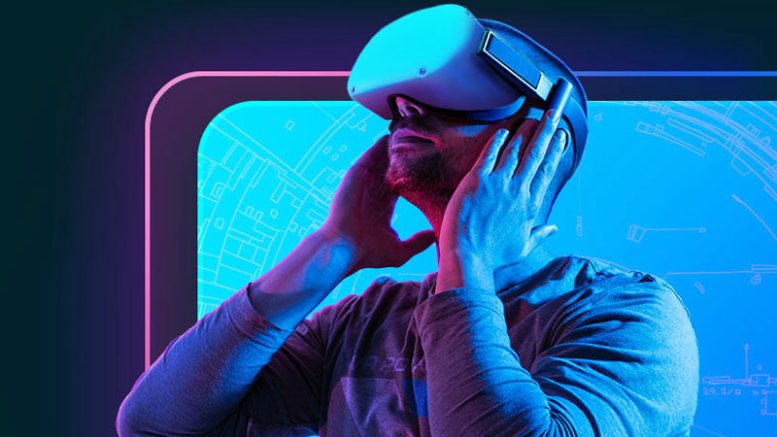The lines between reality and virtual reality are blurring as the latest VR technology allows users to fully immerse themselves in a digital world. From stunning landscapes to virtual cityscapes, the experience is becoming more and more realistic. As a result, people are finding it harder to distinguish between the two worlds.
In a recent survey, 70% of respondents admitted to spending more time in virtual reality than in the real world. Some users even reported preferring their digital homes to their physical ones, citing the ability to customize their environment and the lack of real-world consequences.
The trend has alarmed some experts, who worry that people are losing touch with reality. “It’s one thing to enjoy a virtual reality game or experience for a short period of time, but when people start living in it, it becomes a serious concern,” said psychologist Dr. Jane Smith.
Tech companies are capitalizing on the trend, with some even offering virtual reality job interviews and meetings. This has led to concerns about the impact on the job market and the ability of individuals to connect with others on a personal level.
As virtual reality becomes even more advanced, some fear that people will lose touch with what is truly important in life. While the technology offers exciting possibilities, experts urge caution and encourage people to maintain a balance between the digital and real worlds.
Overall, the rapid advancement of virtual reality technology is causing concern about its impact on people’s lives. While it offers exciting possibilities, there is a risk that it could become too realistic, causing people to lose touch with reality. As the trend continues, it is important to consider the potential consequences and find ways to maintain a balance between the digital and real worlds.

